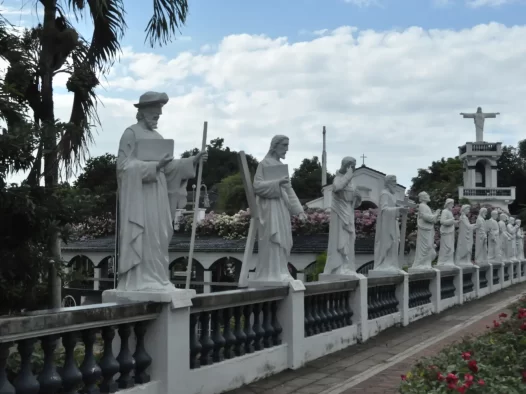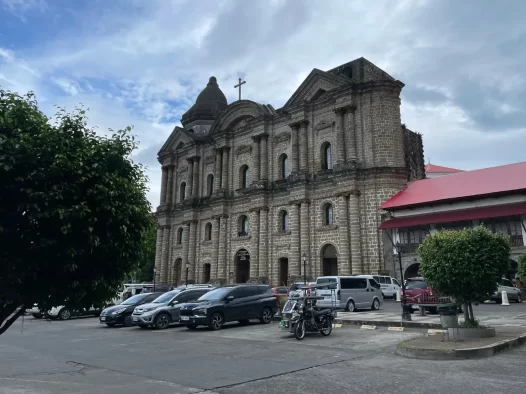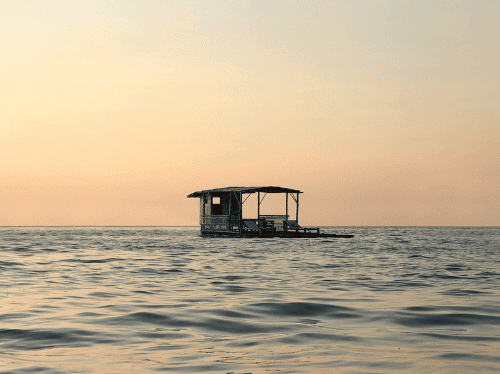Bauan
Bauan, derived from the Tagalog word “bauang,” signifies a hidden and rugged mountain (Noceda-Sanlucar, Vocabulario, 1860, p. 43). An intriguing story recounts that on a certain day, a Spanish official inquired about the name of the location from a group of local farmers. Mistakenly assuming that the official was referring to their crop, the farmers responded with “bawang,” the local term for garlic. This incident took place while the farmers were cultivating garlic at the former site of Bauan, situated along Taal Lake. From that moment onward, the place was officially recognized and recorded as Bauang, eventually evolving into Bauan.
History and Heritage
During the late 16th to the middle of the 17th century, Bauan was a barrio of Taal and held the position of the second visita. It became a parish in 1596, marking the establishment of the fifth parish in Batangas province. The town went through several relocations before settling in its present-day location in Tulusan. In 1775, a fort was built in Aplaya to defend against Moro attacks but was dismantled in 1845.
Bauan initially separated from Taal in 1653 but was temporarily placed back under Taal’s jurisdiction in 1660. It started maintaining its own registry in 1672. The center of population shifted from Calumala to Gintuan and then Taboc before finally settling in Tulusan. Several municipalities, including San Jose, Cuenca, Alitagtag, Mabini, Tingloy, and San Pascual, were once part of Bauan but became separate entities at various times.
San Jose de Malaking Tubig separated from Bauan in 1767, followed by Cuenca in 1876. Alitagtag became independent in 1910, and Mabini was created in 1918. Tingloy and San Pascual gained municipal status in 1955 and 1969, respectively. The town underwent reconstruction after World War II, led by mayors Arreglado, Daite, and Ingco. Mayor Ingco initiated industrialization with an oil refinery, and infrastructure projects contributed to the town’s progress.
Bauan faced challenges such as the eruption of Taal Volcano and attacks during World War II. It experienced Japanese occupation, with trade activities and a commercial firm established in the town. While there was no guerrilla unit in Bauan, some residents joined guerrilla forces secretly. The town suffered a tragic massacre in 1945, and rebuilding efforts began afterward under the leadership of new political figures.
Mayor Daite provided medical and social services, while Mayor Ingco spearheaded industrialization and infrastructure projects. Bauan’s resilience and progress are evident throughout its history, despite the tragedies and challenges it has faced.
Climate
The rainy season starts in June and ends in November. When December comes, the people experienced a very cool dawn. The summer season on the month of March to the end of May.
If you prefer a hassle-free trip, you can rent a car or hire a private vehicle for more convenience and flexibility. Public transportation, such as buses and jeepneys, is also available and can be a more budget-friendly option.
Batangas: Where history, beauty, and resilience converge, creating a tapestry of captivating stories and unforgettable moments.
Sublian Festival
Celebrated every May 2nd, the Sublian Festival in Bauan, Batangas is an annual celebration that highlights the town’s cultural heritage through the traditional Subli dance. It offers a chance to witness the captivating dance performances, explore local traditions, and enjoy a vibrant and joyous atmosphere. The festival plays an essential role in promoting tourism, supporting the local economy, and preserving Bauan’s rich cultural legacy.


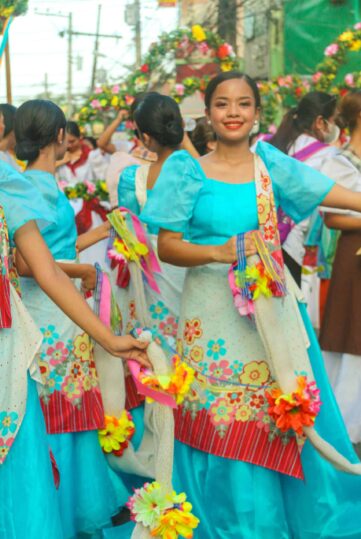
Local Attractions
Batangas in the Philippines offers a range of local attractions that cater to various interests. These are just a few of the attractions you can explore in Batangas. Whether you’re interested in history, nature, or relaxation, the city offers something for everyone.
Getting Around
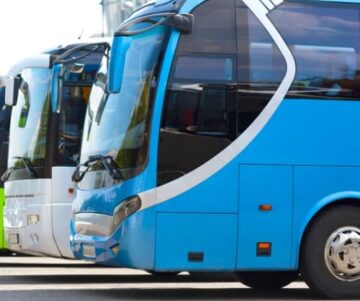
Buses
Buses provide transportation for longer distances, connecting Batangas with other regions and provinces. These buses have designated terminals and offer a more comfortable option for longer journeys.
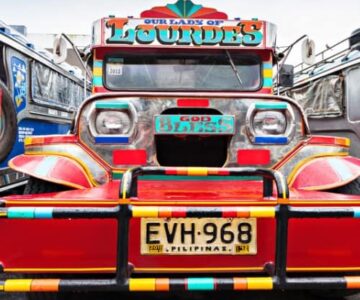
Jeepneys
Jeepneys are a staple mode of public transportation in the Philippines. They are colorful, elongated jeeps that can carry multiple passengers. Jeepneys follow specific routes and have fixed fares.
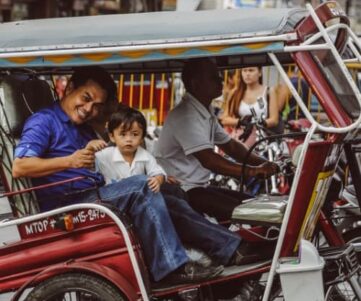
Tricycles
These motorized vehicles consist of a motorcycle with a sidecar, which can accommodate around 3 to 4 passengers. Tricycles are commonly used for short trips within the city, and fares are usually negotiable.

